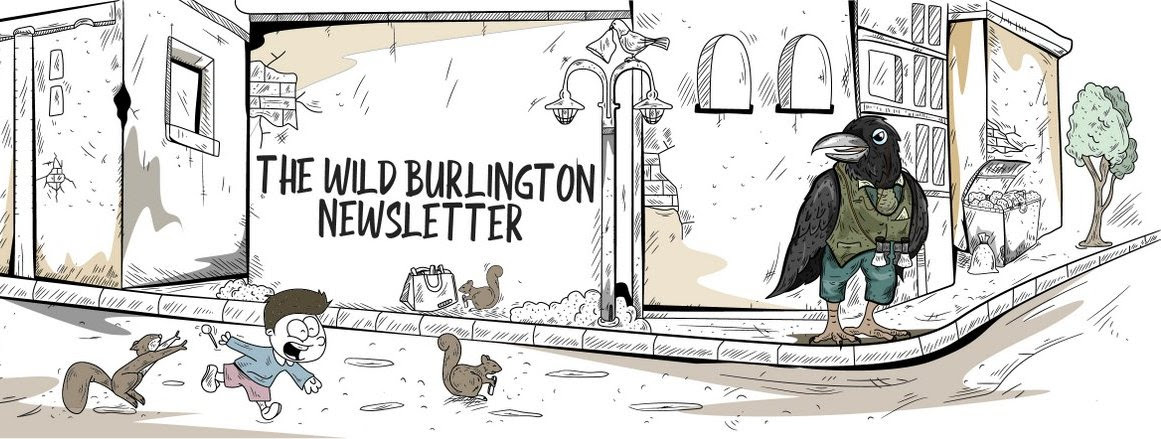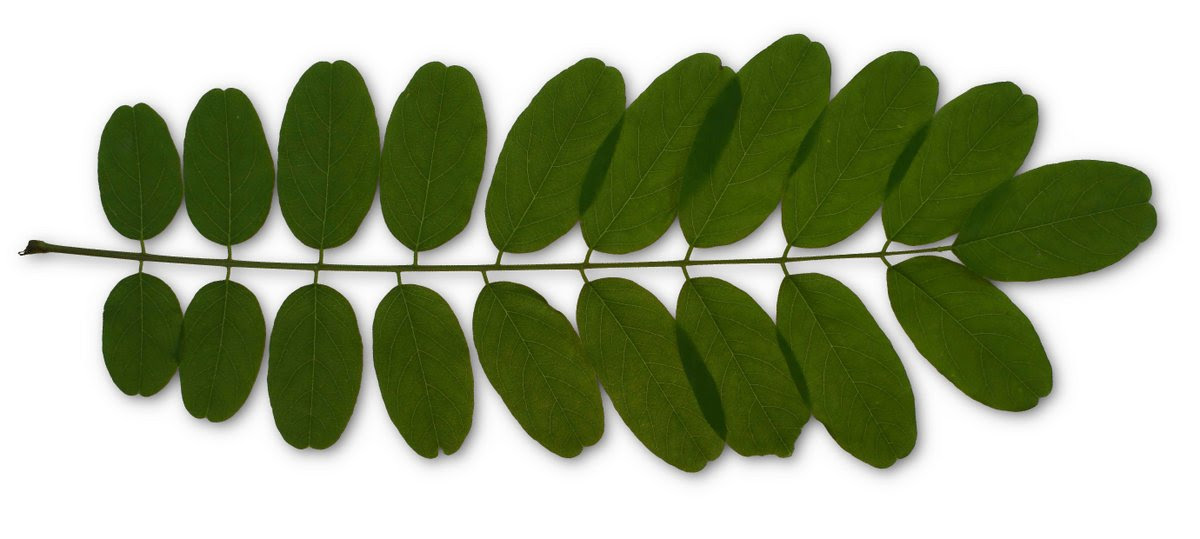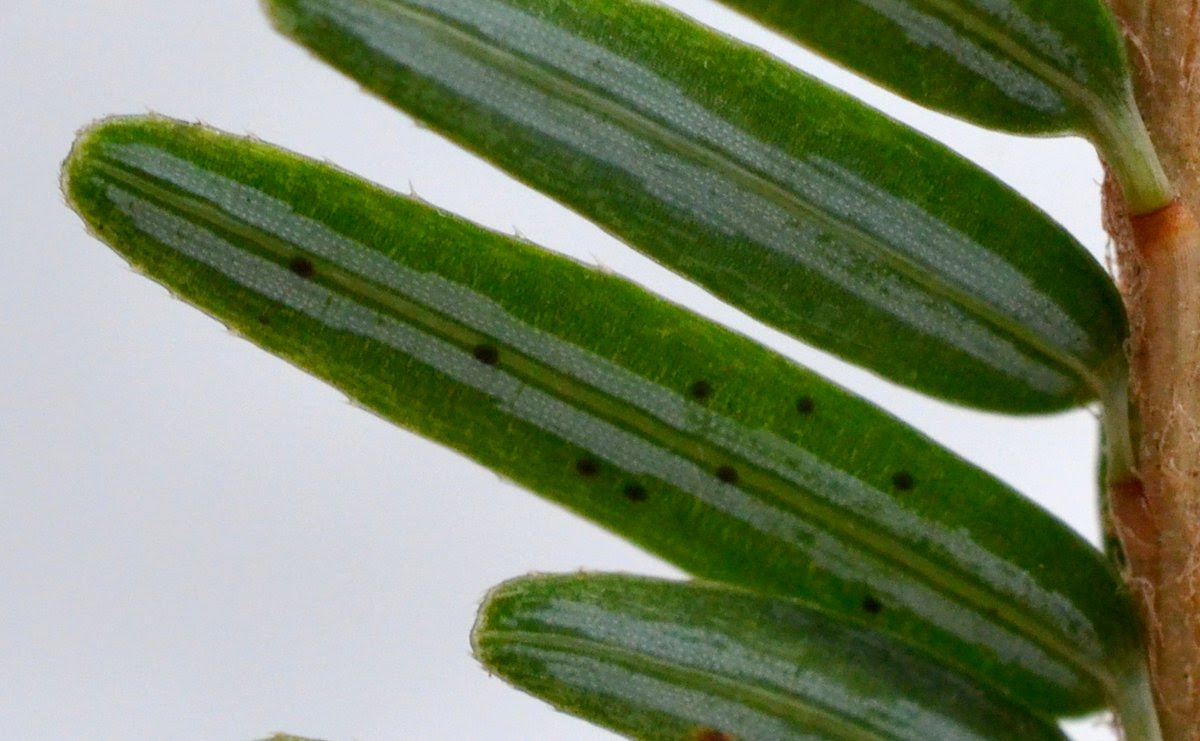
Vol. 02, No. 09.a | The many jobs of a leaf
When I made the goal of getting 30 patrons, I thought it’d be reasonable to make a guide to trees in the summer as a token of my appreciation. I wanted to do it right and it’s taken quite a bit longer than I planned. I’m still plugging away, and plan to put out something in the not too too distant future (I hope you enjoy the photos in this newsletter – I’ve been working hard to create high quality images). As I make progress on the guide to leaves, I thought I’d sync this up with a deep dive into why leaves are the way they are!
~ Teage

Thanks to Sarah, our newest patron!
This newsletter (and The Single Acorn podcast) are supported by our generous patrons. I know I’m still making good on the last goal, but sign up now and get us to 40 patrons. At 40 patrons, I’ll make a video on tree ID in winter. So if you’re digging all this natural history, please consider becoming a patron of Crow’s Path!
What is a leaf?

In the simplest of descriptions, plants† are pretty simple: roots, shoots, and leaves. Part of their simplicity stems from the fact that they make their own food (no need for a digestive or excretory system) and they don’t have to move around (so no muscular system). The first plants that colonized land didn’t bring a lot of structure with them, and were essentially just photosynthetic branching twig-like things with fibrous anchors to hold them in place (e.g. Rhynia). This was fine as the first terrestrial ecosystems were pretty darn sunny and pretty darn dry, so plants didn’t need all the surface area a leaf affords for photosynthesis. Plus, leaves are exceptionally good at losing water, so would’ve been a huge liability.
Eventually forests dominated by horsetails developed, and an understory emerged. Suddenly the water-retention advantages of not having leaves or having only tiny leaves (called microphylls as in the image above) were out-weighed by the inability to photosynthesize in the shade. Broad leaves emerged in ferns and the seed plants (e.g. cycads, conifers, and flowering plants), and these new plants quickly dominated terrestrial ecosystems.

† The actual definition of plant is surprisingly tricky to pin down. Things that might be plants, like kelp and other brown algae, don’t have true roots, true shoots, or true leaves. But they can have similar structures that make them pretty darn similar (holdfasts that anchor them to rocks, a stipe to grow vertically up in the water towards sunlight, and blades that are the primary site of photosynthesis.
What’s in the shape of leaves

All broad leaves (the leaves of flowering plants) have essentially the same basic features: a blade, veins, and a margin. But given these constraints, there’s still significant variety across and within species. This variability is quite convenient when it comes to plant ID as we can use these differences to tell a dandelion from a plantain, or a silver from a red maple. But what really gets me jazzed up is thinking about the ecological reasons behind the variation between plants. I’ll try and unpack some of that here.
The Blade: Simple vs Compound

The blade of the leaf can either be simple or compound. A compound leaf is a leaf deeply divided into smaller units, called leaflets, that attach to the main stem of the leaf. You can think of a compound leaf basically as a cheap, temporary branch that falls of each year. There are a couple of advantages to this. First, a branch is made out of wood, and relies on the structural integrity of wood to stay upright. Wood is made out of sugar, and therefore holding the branch up “costs” the tree energy. A compound leaf, on the other hand, can maintain its structural integrity by filling up with water (called turgor pressure). Pound for pound a compound leaf is far less energy intensive than a branch.
Second, a branch continually grows outward from the tree creating a larger and larger canopy. By shedding compound leaves annually, the tree continually self-prunes and can maintain a smaller canopy from year to year. This is particularly advantageous in faster growing shrub-like trees (like boxelder and staghorn sumac).
The Veins

The vascular tissue that pipes water and nutrients up from the roots and returns photosynthate back down the plant from the leaves is contained in the veins. The branching pattern of the veins is largely responsible for the shape of the leaves. If the vascular tissue forks at the base of the leaf, you get something like a maple leaf (palmate venation). Leaves that have one main vein with smaller lateral veins branch along its length look more like feathers, think beech leaves (pinnate venation). Palmate venation allows for a rounder overall shape (though the advantage of different leaf-shapes is not clearly understood: link). In some species, these lateral veins fork into lobes and frequently terminate at the margins in teeth.
The Margins

The edge of the leaf, or margin, is where the highest rate of photosynthesis occurs. It’s also where the highest rates of water loss are. A smooth edge to the leaf (entire margins) have lower rates of photosynthesis, but lose less water (you’d be more likely to find these in open bogs or deserts), while a toothed (serrate) edge has higher rates of photosynthesis but loses more water (you’d be more likely to find these in a shady forest).
It’s not surprising then that here in New England, virtually every one of our native trees have toothed margins. Even eastern hemlock, which finds itself in moist but incredibly shady forests has needles with teeth. Here in the northeast, we have relative moist forests, but short growing seasons, so having teeth along the margins is a clear advantage. Some trees, like American elm or the yellow birch above, even have teeth on their teeth!

Thanks for reading!
Please consider supporting this newsletter and Crow’s Path by becoming a patron or making a one time donation.
Instagram | Facebook | Website | Podcast
Copyright © 2020 Crow’s Path, All rights reserved.
You are receiving this email because you opted in via our website or registered for a workshop/program offered by Crow’s Path.
Title image: Raccoons by Édouard Traviès 1861
Our mailing address is:
Crow’s Path, 56 Latham Ct, Burlington, Vermont, 05401


